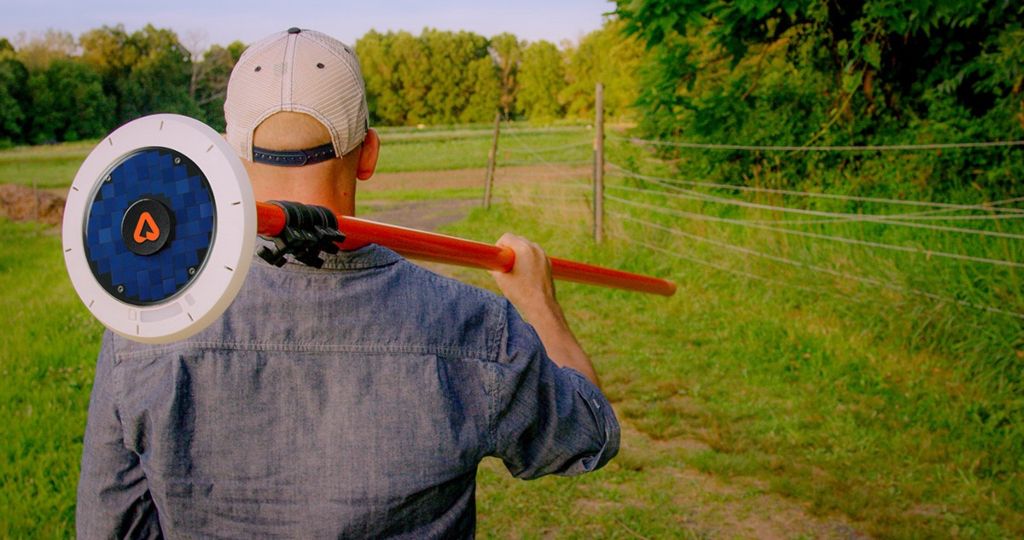Long Foretold, Long Last: Understanding the Effects of Climate on Seed Trials
For approximately the past 70 years, global food & agricultural policy has taken a ‘calories-first’ approach to food production, resulting in an abundance of affordable, energy-dense food grown on farms across the planet. However, the concurrent rise of obesity, diabetes, and other nutrition-related diseases exposes the unintended ramifications of a policy focused on macronutrients at the expense of micronutrients. To address this issue, many growers, agribusinesses, and policy makers are shifting focus to producing food that builds nutrient diversity into dietary recommendations and increases access to nutrient-dense vegetables and grains. This critical step is foundational towards improving global health, meeting sustainability standards, and leveling economic stability. And at the root of this strategy is the development of high-quality seeds that don’t sacrifice the high-yield outcomes we have come to depend on.
Heading out to the field with the Arable Mark 2.
For seed breeders aiming to produce — and reproduce — a particular outcome, it is vital to be able to observe and quantify the environmental phenomena affecting an open-field trial in order to isolate, compare, and replicate plant responses under variable growing conditions. Historically, plant phenotyping has utilized various invasive quantification methods to characterize different outcomes, such as cutting up and examining the seeds, leaves, branches, and root systems of existing plants. In the last decade, advances in spectral and thermal detection have automated non-invasive observation processes and accelerated our understanding of the dynamic feedback loops that influence gene expression and the environmental factors that trigger them.
Perhaps the most important problem facing geneticists and breeders working in open-field crops is how to select seeds that withstand various stressors, such as adverse weather conditions, or disease and pest pressure. Research and innovation in breeding strategies lead to pest and disease resistance, greater yields, and more nutrient-dense crops that ultimately will help sustainably feed a growing population. Teams invest approximately ten years developing and testing characteristics before they can bring preferred attributes to commercial production; they are bound by growing seasons, crop particularities, funding cycles, and the whims of trial and error. A decade is an enormous gap between the identification of a need and the implementation of a solution; it’s also an awfully long time in the span of a single human being’s career. Modern breeding technology allows for isolation and improvement of specific traits, but production and phased testing still requires seasons of research before commercially releasing a new variety to market.
At Arable, we work every day to bring technological solutions to perplexing issues so they can be addressed on a human scale. When thinking about advances in phenotyping, we ask ourselves two important questions:
- How can we enable seed breeders to uniformly monitor and evaluate performance under varying environmental conditions?
- How can we improve the user experience to develop and provide a set of growing guidelines to seed producers and the commercial market to ensure a high-level of satisfaction with products?
The goal is to deliver field-level intelligence on weather anomalies that could impact the outcome of trials. Our ground-truth weather and plant data uniquely position us to tackle some of the most fundamental challenges in the seed-breeding pipeline. Our next blog post goes through exactly how this works.
